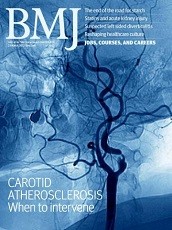Lynne Belaief

Extract
In philosophical ethics, if one asks the question, is ethics possible, it is inconveniently, and, I will argue, erroneously assumed that he has also raised the notorious problem, what is the definition of “the good”? Various confusions attend the latter inquiry, including the remarkably ambiguous insistence that “the good” cannot be defined – implying that one in fact knew a great deal about its meaning in order to know this. I here intend to reject this typical but inconvenient quest principally because all such initial inquiries into the definition of “the good” are potentially important only within a particular ethical perspective, which is already therefore presupposed as true. The logic and ethical value of that perspective, here named legalistic or authoritarian ethics, is to be contrasted with the perspective called creative ethics, and discarded.
Belaief L. Responsibility and Conscience. Philos Today. 1969;13(1):60-79.
